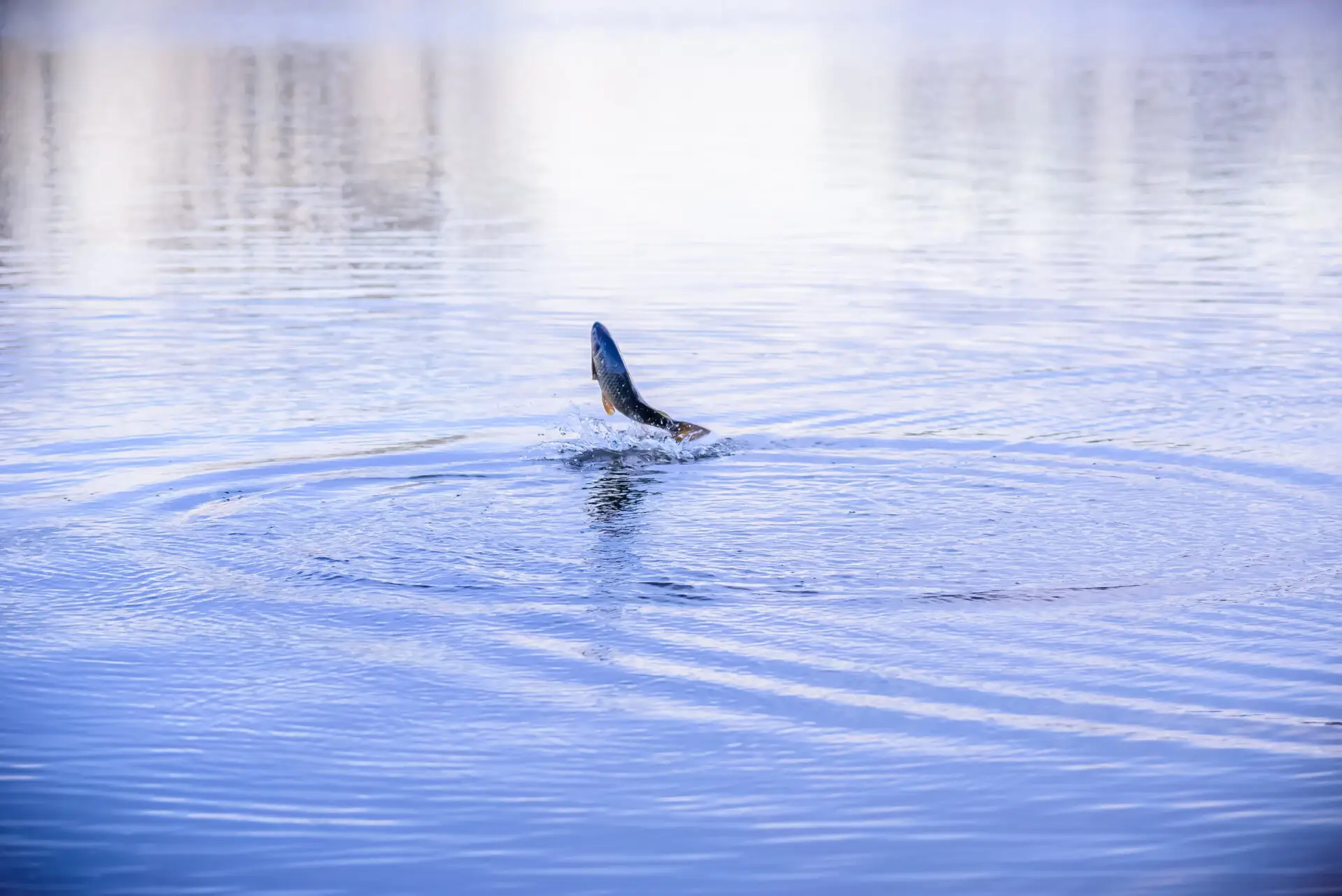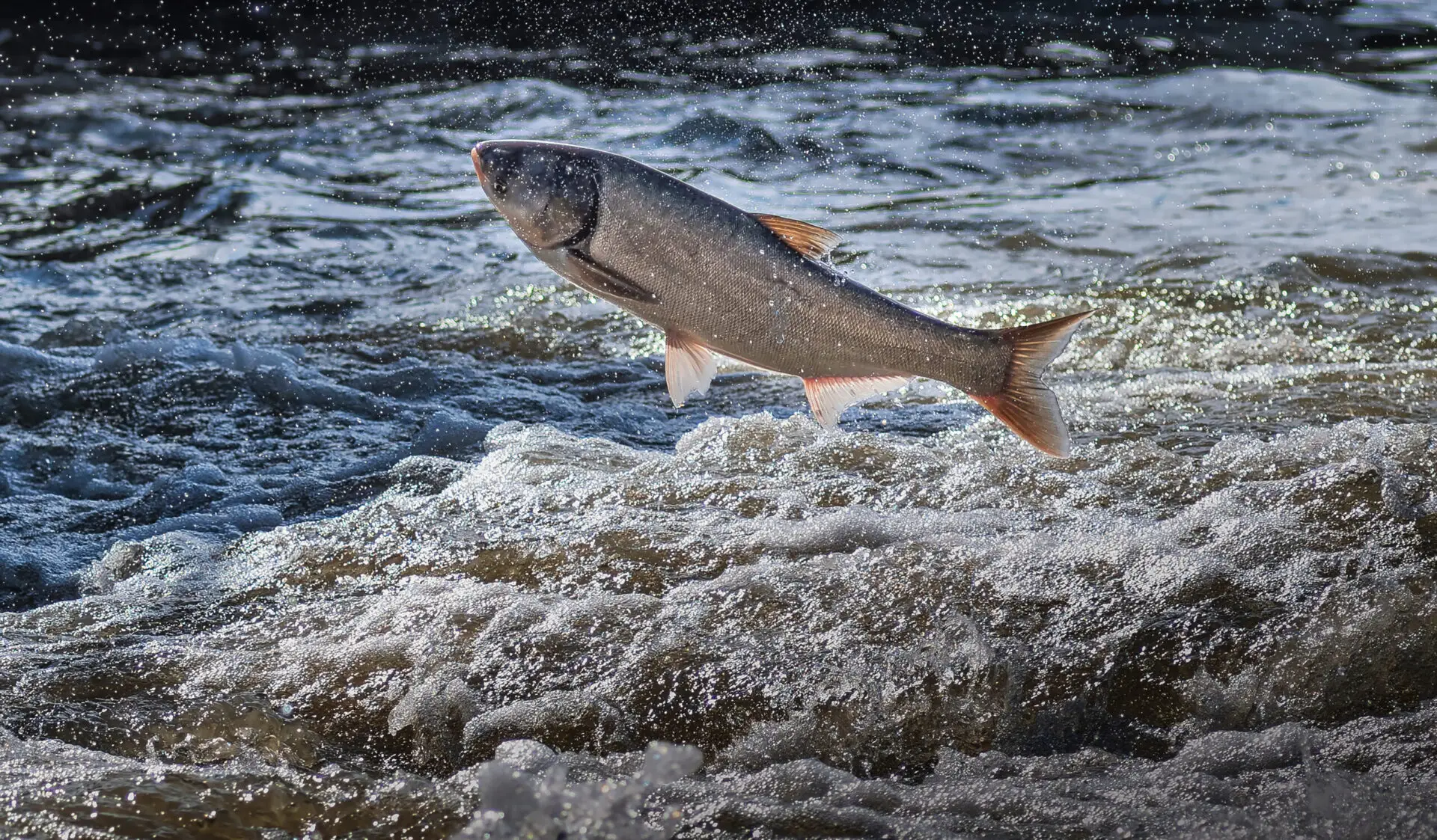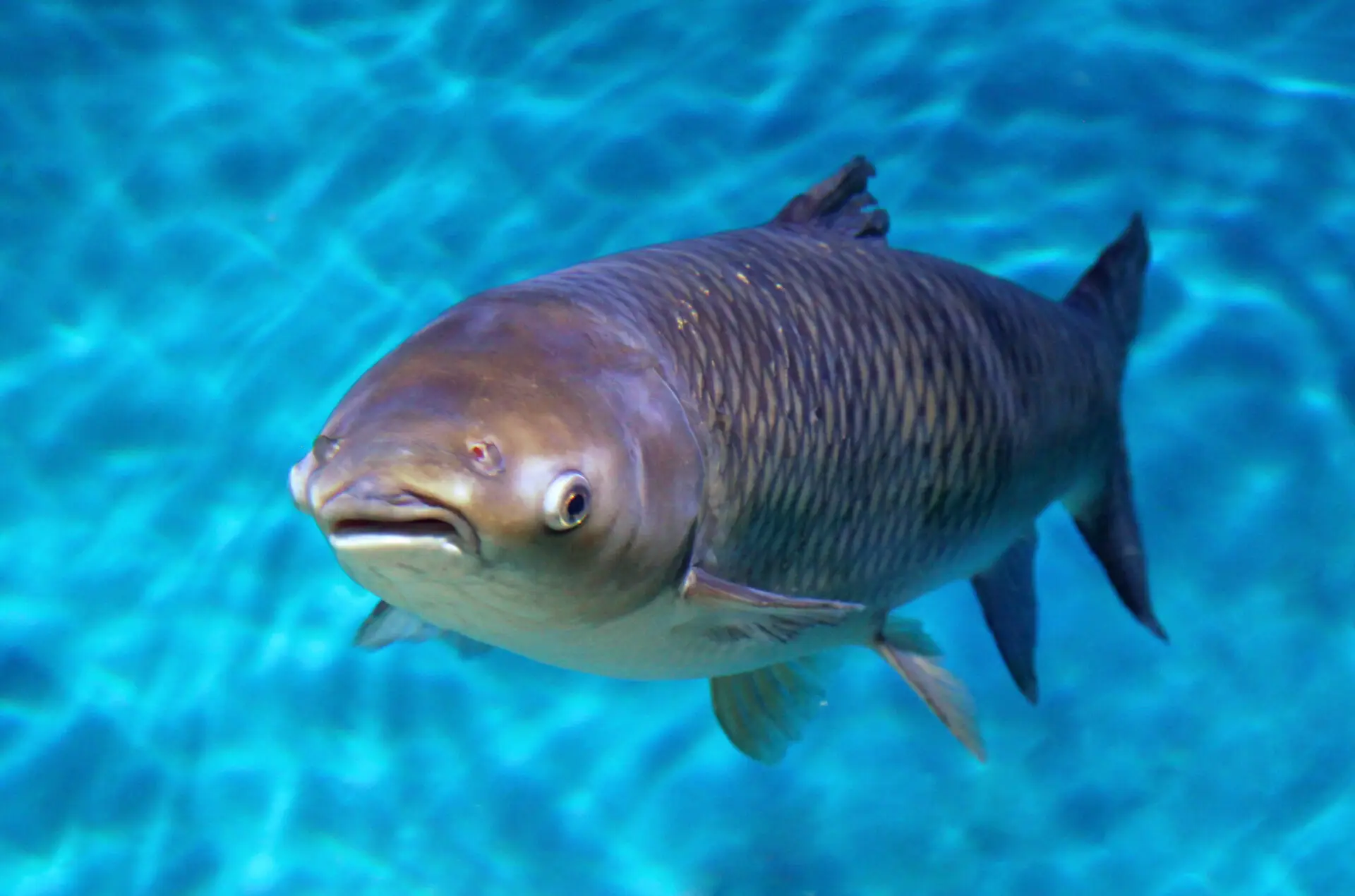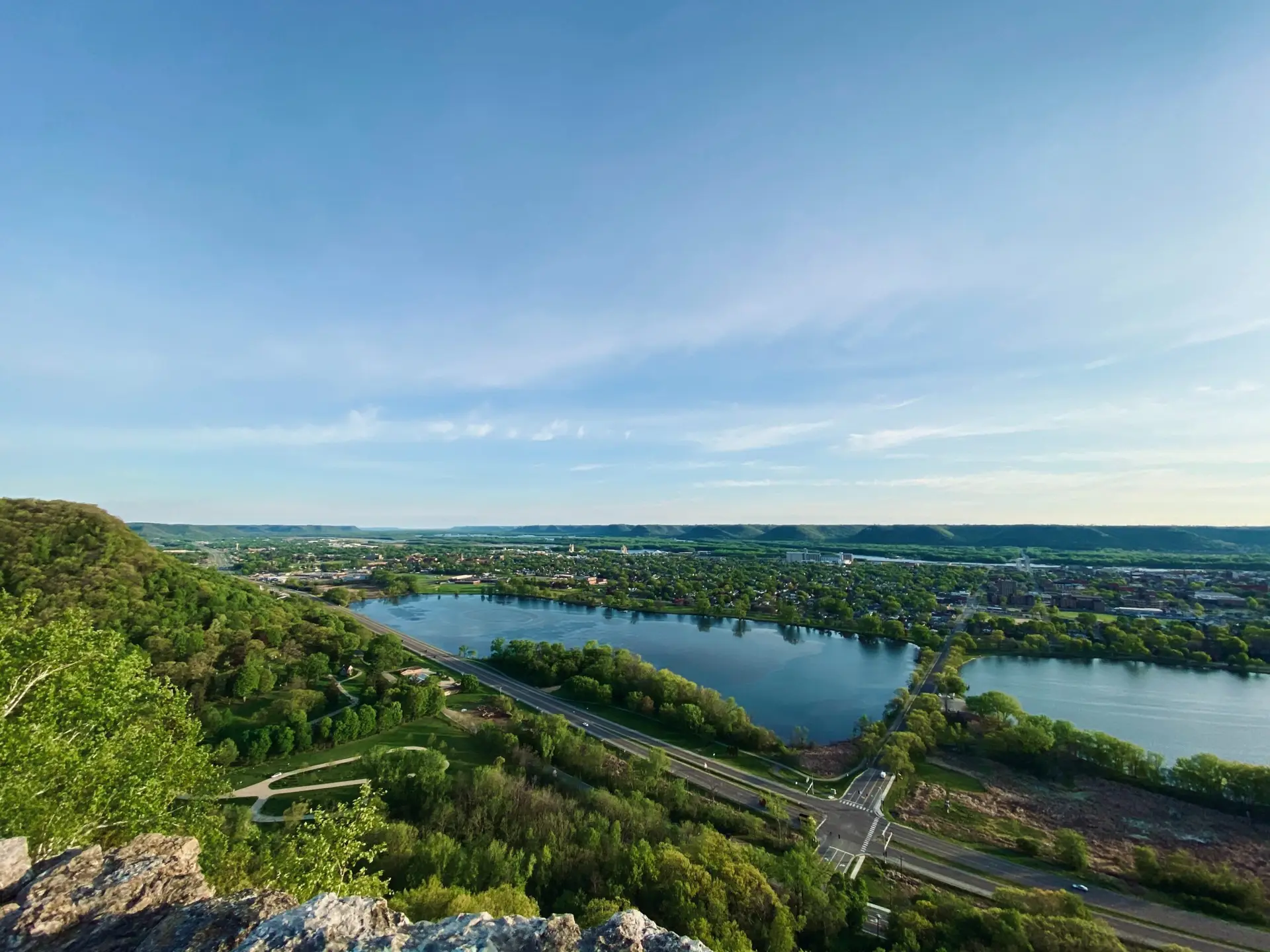



The Four Species of Invasive Carp
Silver, Bighead, Grass, and Black
Bighead, silver, black and grass carp – previously referred to as Asian carp – have established populations in the Mississippi, Illinois and Ohio rivers. Local, state and federal agencies are therefore working to prevent further expansion that could have catastrophic effects on the Great Lakes.
According to the US Fish and Wildlife Service, invasive carp can establish a population within two years of the first individual arriving. They are highly adaptive and spread at rapid rates, with a mature female capable of producing over a million eggs each yea


